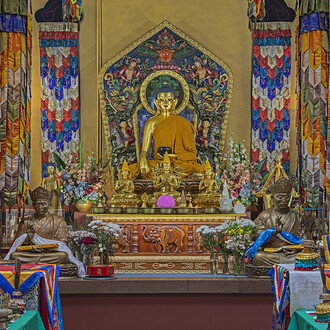The Hermitage, which possesses one of the finest collections of French graphic art outside of France itself, is showing in detail and from various sides the transition artists there made from the Gothic to the art of the Modern Era, a transition which established the principles that shaped the country’s art right through to the first half of the 20th century – the French Manner.
“The Hermitage’s superb innovation – the rotating Gallery of Graphic Art – continues to delight gourmets and students. The remarkable assemblage of French graphic art not only presents one of the best collections in the world, but also tells, through the language of art, the history of the formation of the especially elegant style of French culture. At the same time, the exhibition has once again provided an occasion to reflect on the highly topical question of the role of the individual creator in art. On the one hand, drawings are something undoubtedly made by the hand of an artist without the involvement of pupils. On the other, printed graphic art and books are the supposedly mass reproduction of copies that in themselves create an artistic world living a life of its own, separate from the original. The eye takes delight, while the mind comes up with problems in the ‘French Manner’,” Mikhail Borisovich Piotrovsky, General Director of the State Hermitage, observed.
More than 150 works from the stocks of the Hermitage acquaint visitors with the main phenomena in the artistic life of France over a century and a half. The exhibition opens with pencil portraits – an official genre that was one of the first to feel the influence of Renaissance Italy and the Netherlands. The next two sections are devoted to the School of Fontainebleau and the School of Paris, showing the development and interpretation of the Mannerist ideas that were brought to France by Italian artists. A further section is devoted to book illustration, while the exhibition is concluded by the drawings and prints of Jacques Charles de Bellange – an original and contradictory artist who embodied the final manifestation of Mannerism and became a forerunner of the Rococo and Art Nouveau.
The curators of the French manner exhibition are researchers in the Department of Western European Fine Art Alexander Nikolayevich Konev, Karina Vladimirovna Krasilnikova, Irina Yevgenyevna Kulimeneva and Vasily Mikhailovich Uspensky.
A scholarly illustrated catalogue in Russian has been published to accompany the exhibition (State Hermitage Publishing House, 2025).
The exhibition in Halls 324–328 can be visited by all holders of tickets to the Main Museum Complex until 13 July 2025.
















